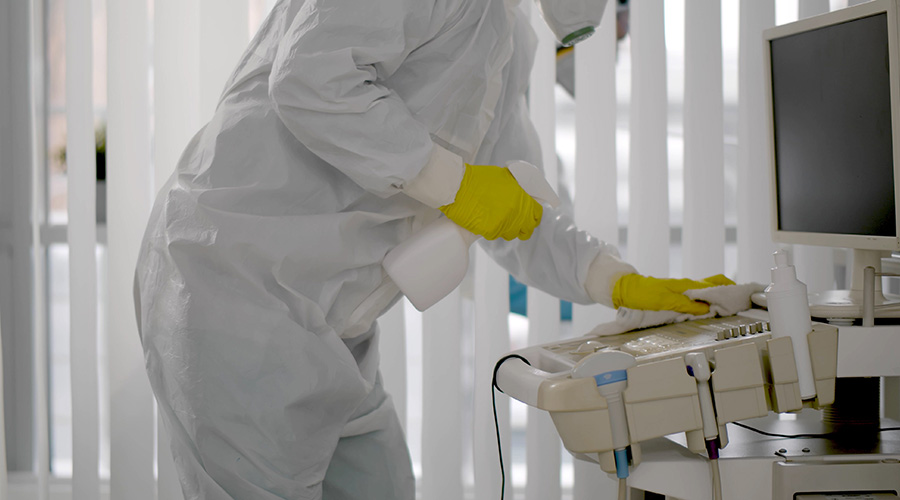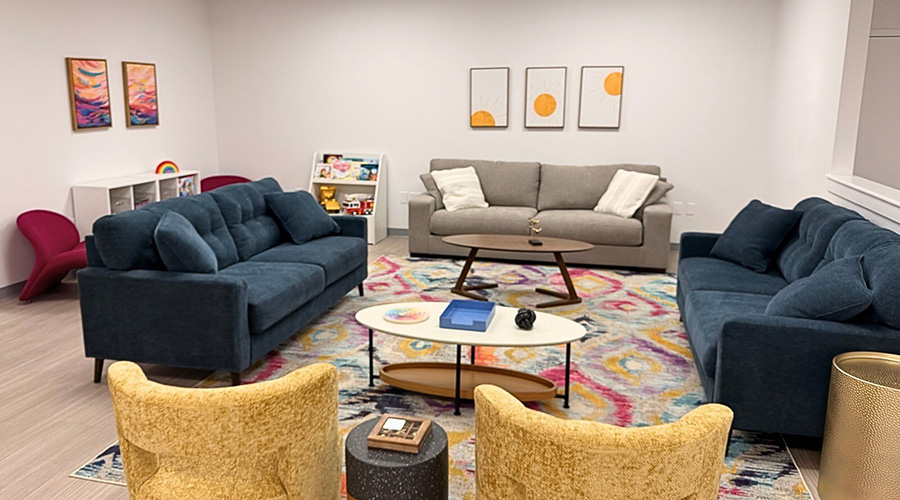To be successful, healthcare facility design must be sensitive to the needs of its patients. These include cultural and social needs. In a Healthcare Design article, four designers talk about projects done abroad. While they were hired to bring a western touch, their designs still had to address the needs of the local physical and cultural landscape. The results might be interesting food for thought even for domestic projects.
Whereas in the United States open views and open interiors are valued, in other parts of the world more enclosed spaces are prized. In some cases this is driven by a desire for privacy. A project in Saudi Arabia used high-back chairs in public areas where people would congregate to offer individual privacy. In Abu Dhabi, patient rooms were planned with inboard bathrooms and a vestibule entryway, to guard patient privacy.
How the outdoors interplays with facility interiors also varies by country and culture. Due to the brightness and heat of the desert, in Saudi Arabia windows and their placement must be carefully considered and limited in number. To contrast with the exterior environment, interiors are preferred in darker jewel tones. However, in China there is a government requirement for patient exposure to daylight and access to the outdoors is valued. In a senior-living community project all residents have access to a working garden and a sunroom.
The role that family plays in patient care is also more keenly felt and accommodated in projects abroad. In Japan, a 400-bed acute care medical center has a whole host of services on its 50-acre campus to support a community approach to healthcare. The hospital is open 24/7 to family and friends and the campus includes a nursing school, beauty shop, pet hotel, dry cleaner, aromatherapy center, restaurants and staff housing. The hospital itself has five dining facilities. Food and community is privileged at other projects as well. A project in Abu Dhabi has tea rooms, food preparation areas and a dining table on each floor so that families may eat together.
Read the article.

Cultural sensitivity is showcased in international healthcare design
To be successful, healthcare facility design must be sensitive to the needs of its patients, including cultural and social needs. Four designers talk about projects done abroad.
By Healthcare Facilities Today
February 26, 2013
Topic Area: Interior Design
Recent Posts
 Why Identity Governance Is Becoming a Facilities Management Issue
Why Identity Governance Is Becoming a Facilities Management Issue
As healthcare buildings grow more connected, weak identity controls can expose HVAC, security and other critical systems to serious risk.
 Habitat Health Opens South Los Angeles PACE Center
Habitat Health Opens South Los Angeles PACE Center
The new center strengthens the local care infrastructure, delivering integrated medical, social and in-home care.
 Denton County MHMR Center Suffers a Data Breach
Denton County MHMR Center Suffers a Data Breach
The incident occurred on or around December 24, 2024.
 What Every EVS Leader Needs To Know
What Every EVS Leader Needs To Know
Managers must demonstrate mastery of infection prevention standards, accountability through measurable outcomes and visible collaboration with clinical teams.
 Blackbird Health Opens New Clinic in New Jersey
Blackbird Health Opens New Clinic in New Jersey